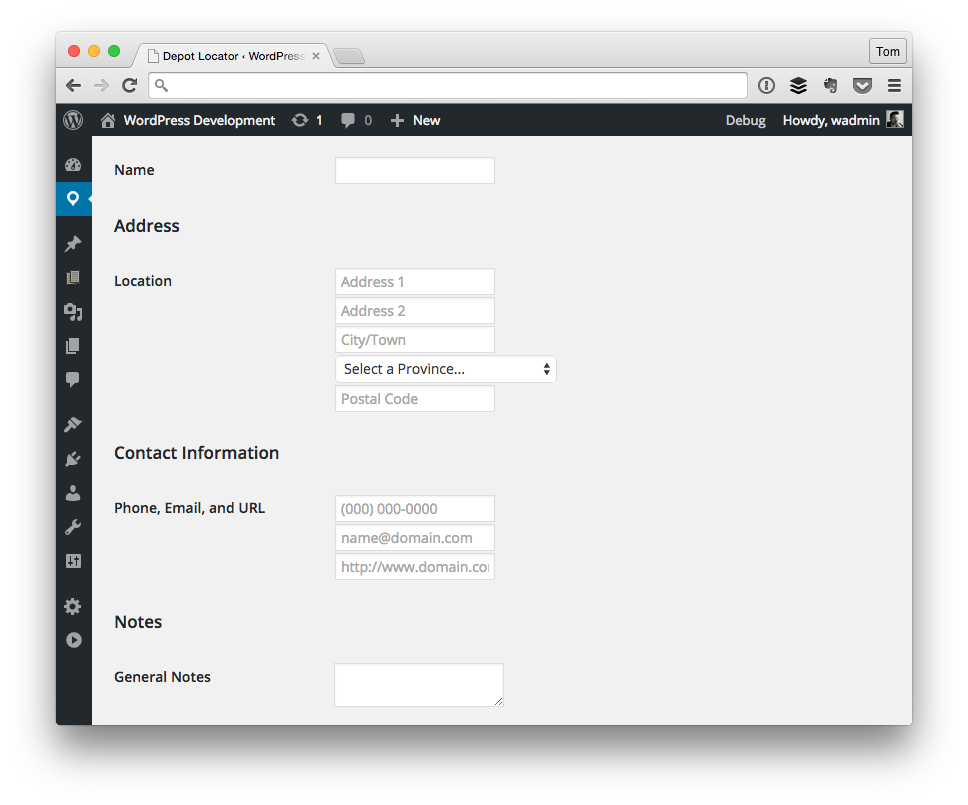In the previous post, we added our first map to the template that we’ve been working on throughout this series.
Through a third-party tool, we ended up getting the latitude and longitude of a city in order to center the map, and though we still have refactoring that we’ll need to do, we successfully displayed the map on the screen.
But part of the lure of using Google Maps is the feature that it offers as it relates to marking certain locations. That is, displaying one of those little red pins that Google Maps shows when you’re browsing for a location, a destination, and so on.
So starting in this article, I’m going to walk through the process of adding up to two markers.
Over the next few articles, I’ll cover how to add multiple markers, and how to do so in a way that’s efficient when it comes to loading up the map on subsequent requests so you’re not exhausting you’re API calls every single time you need to render the map.


